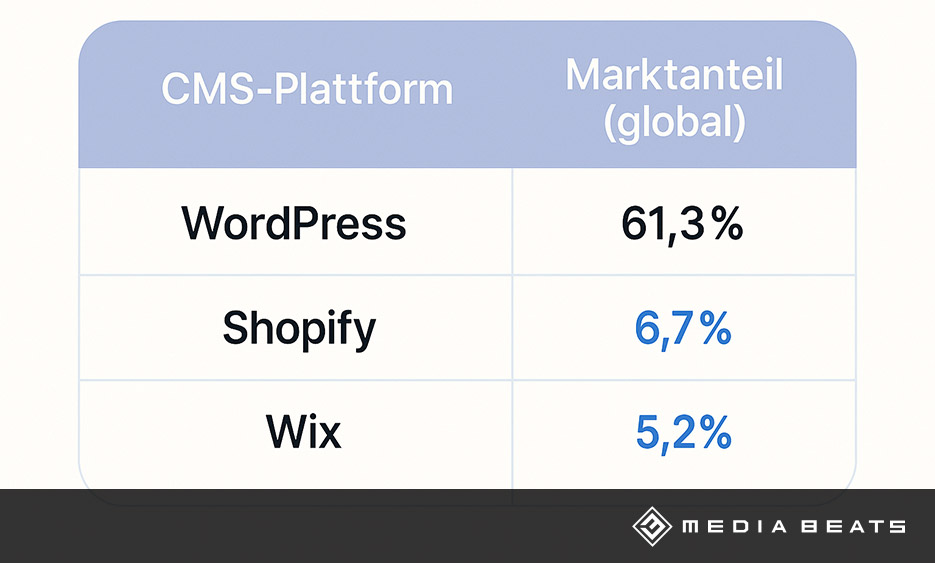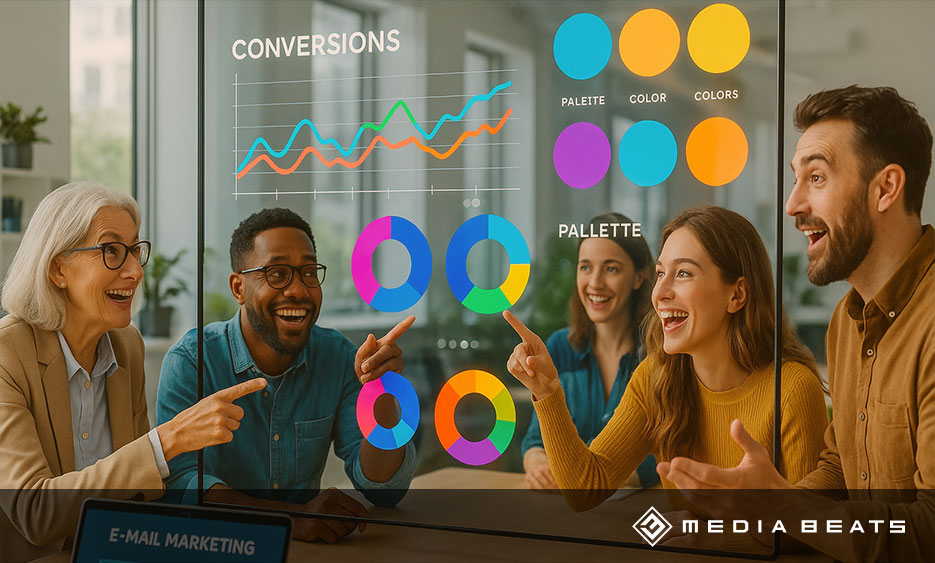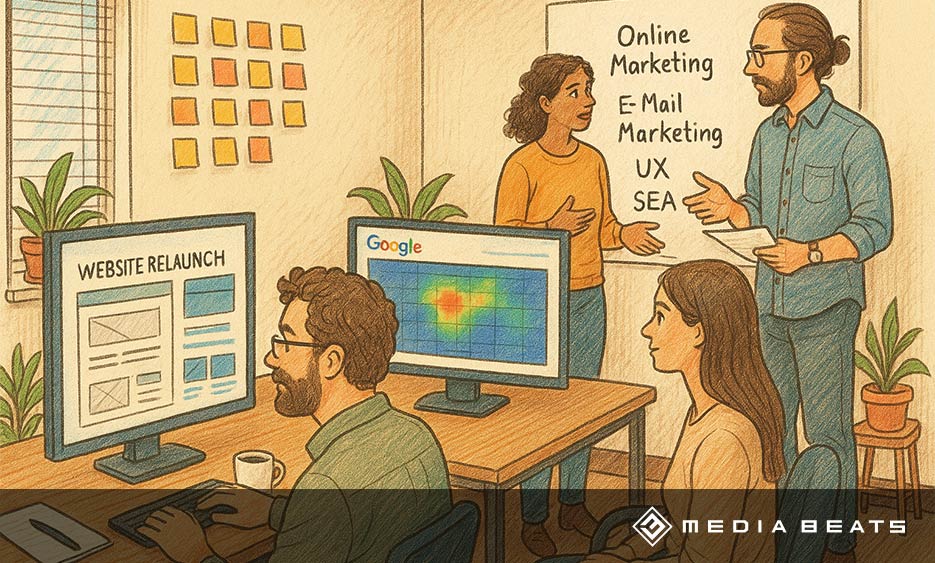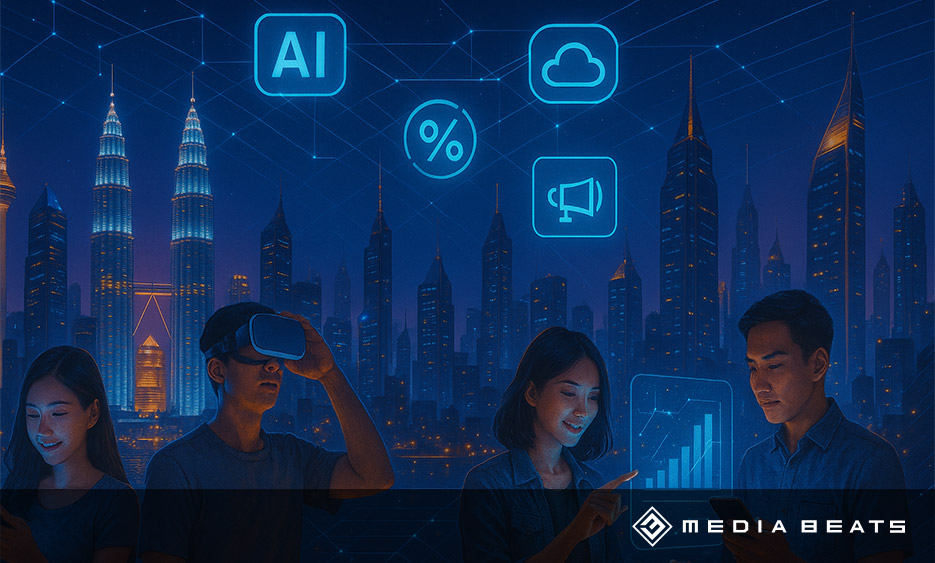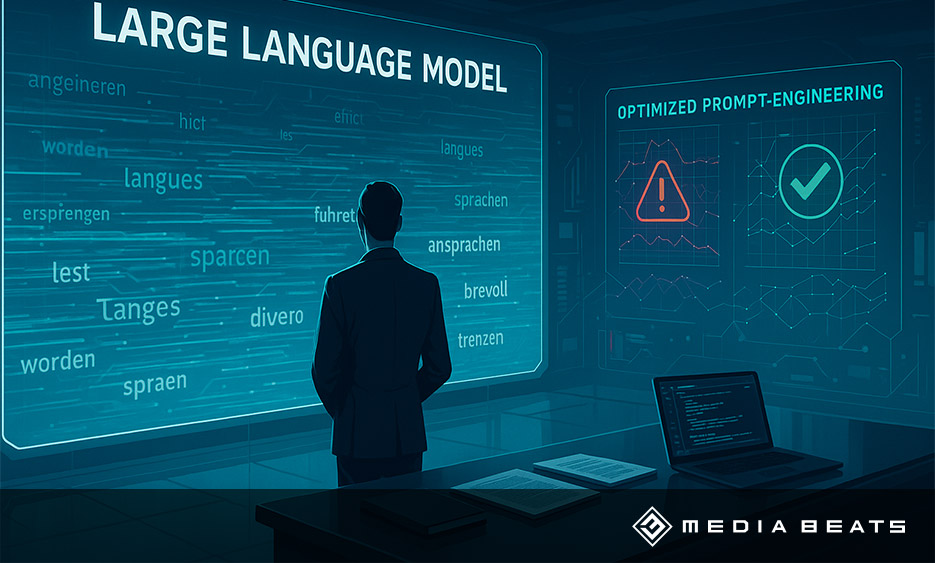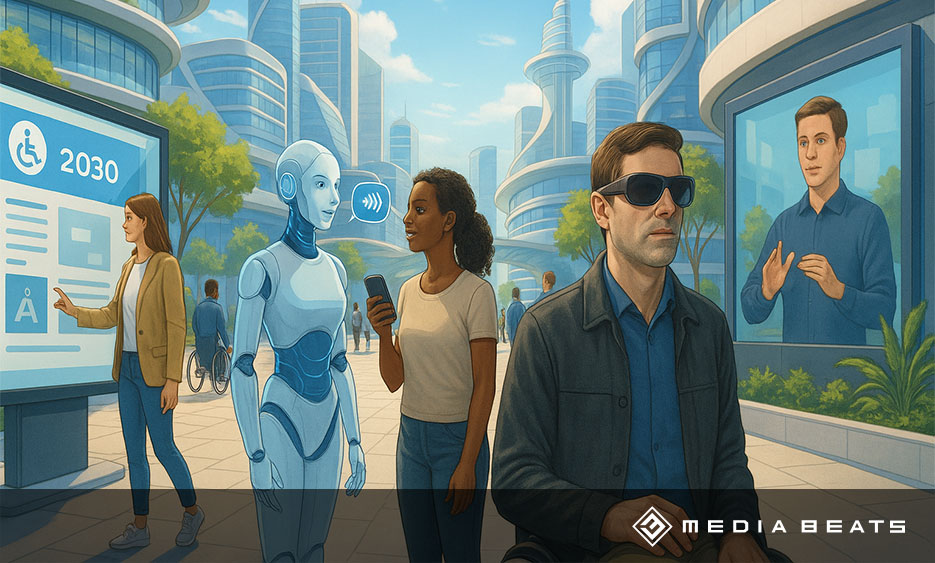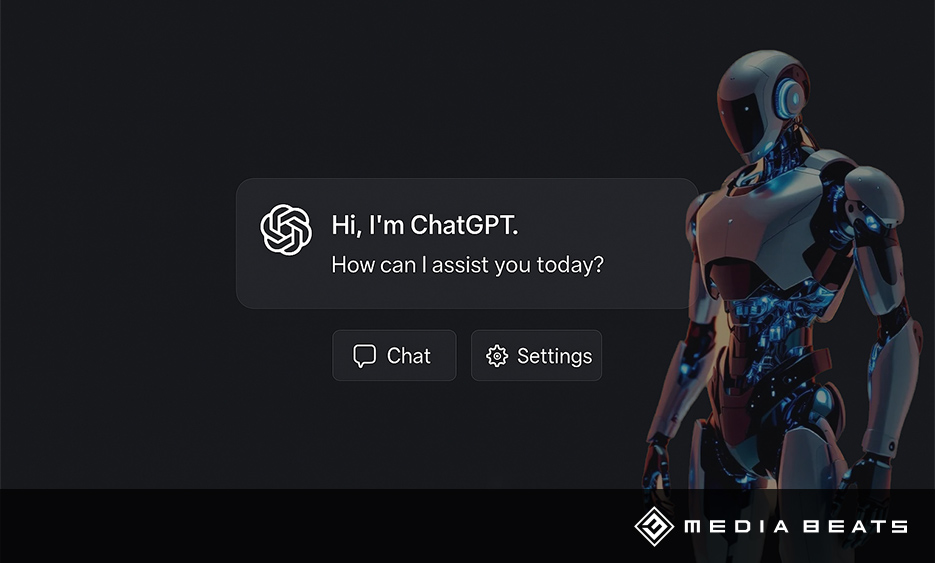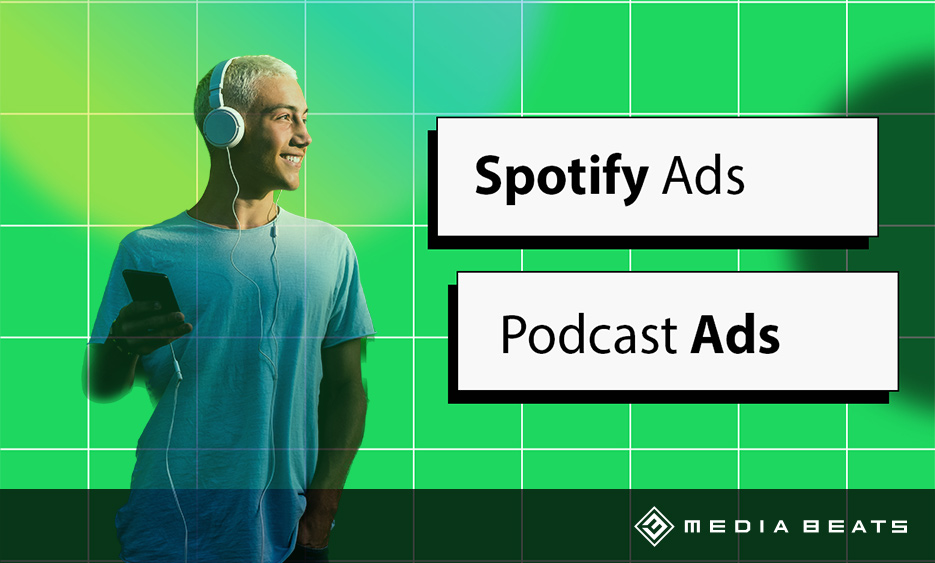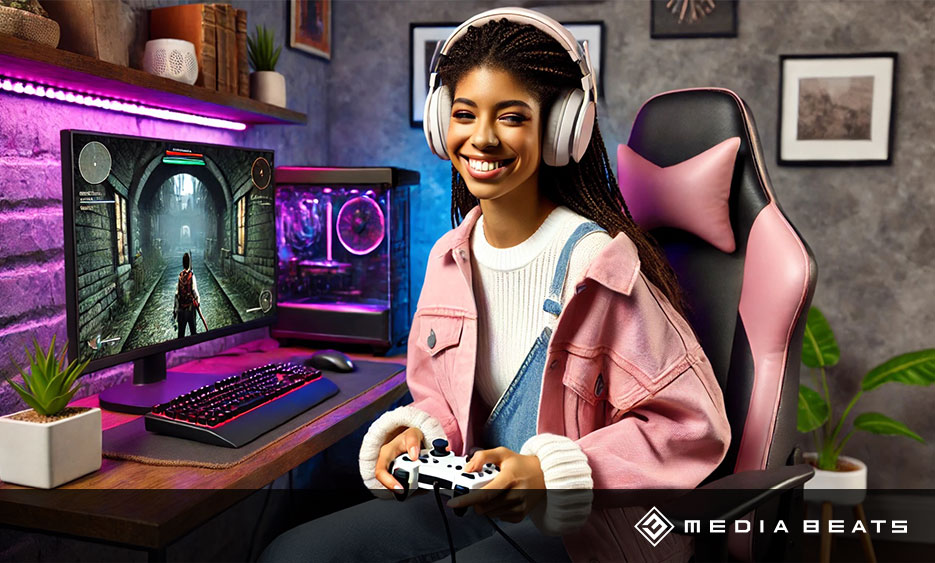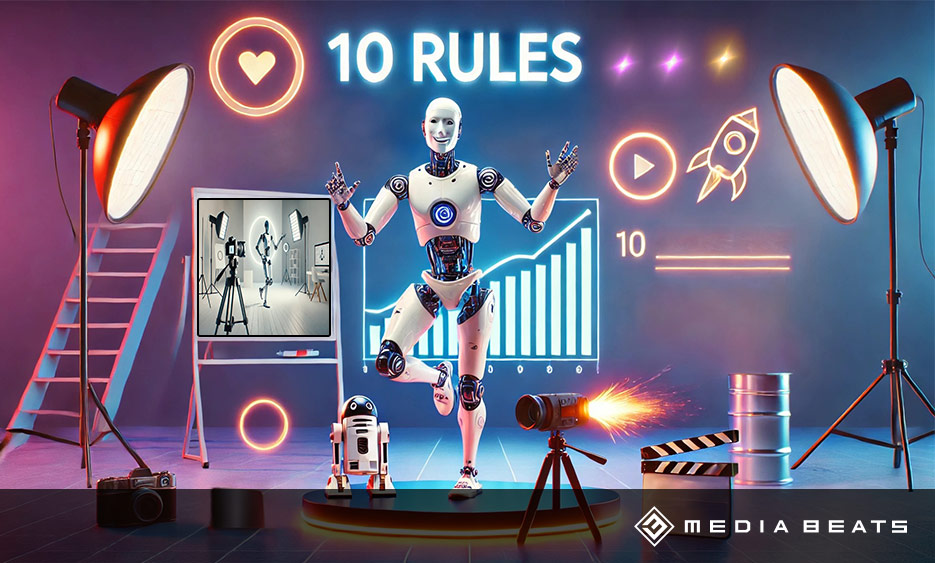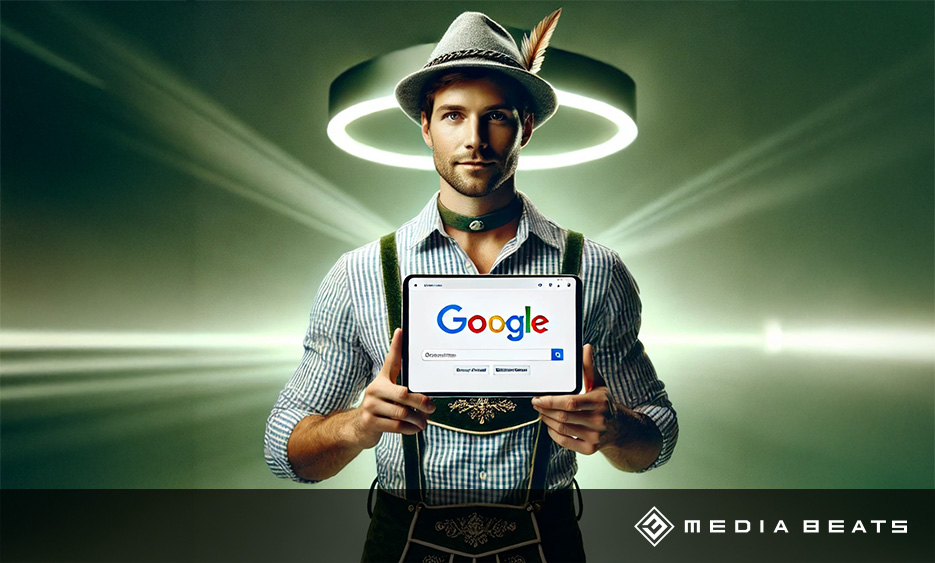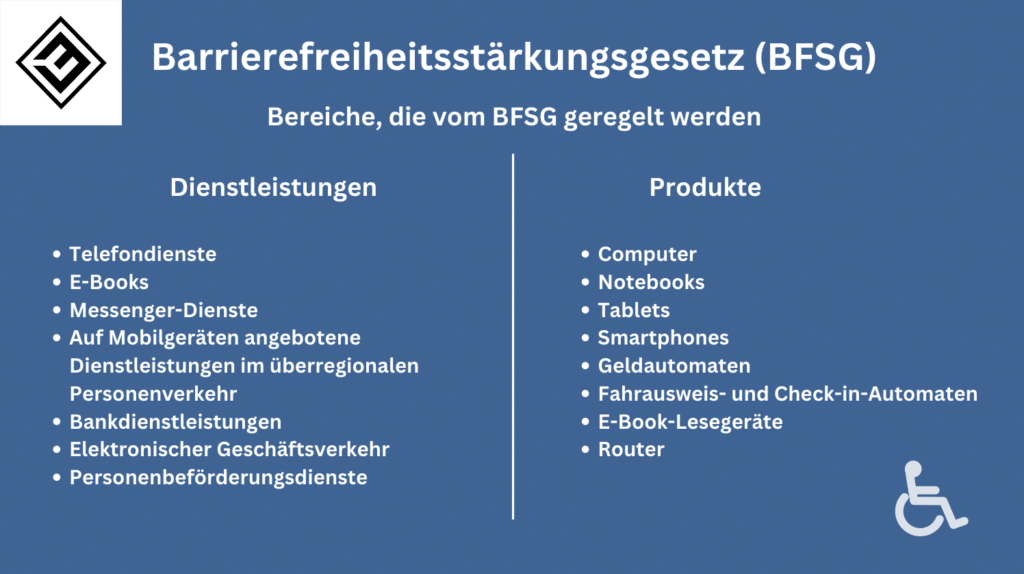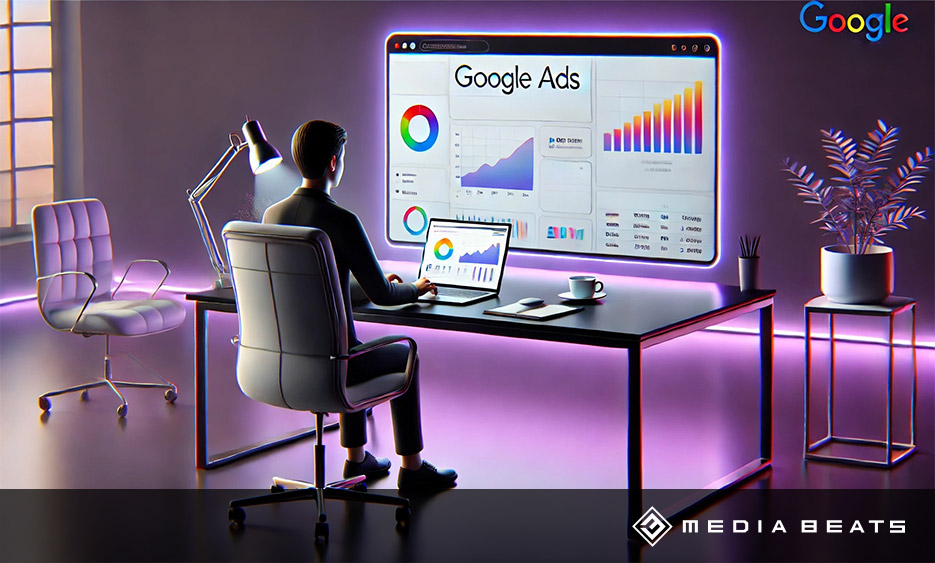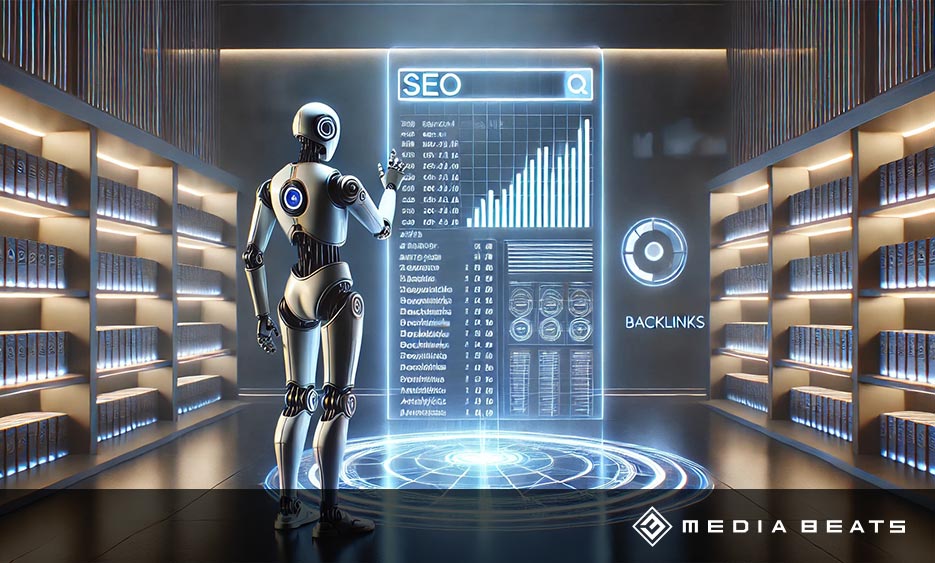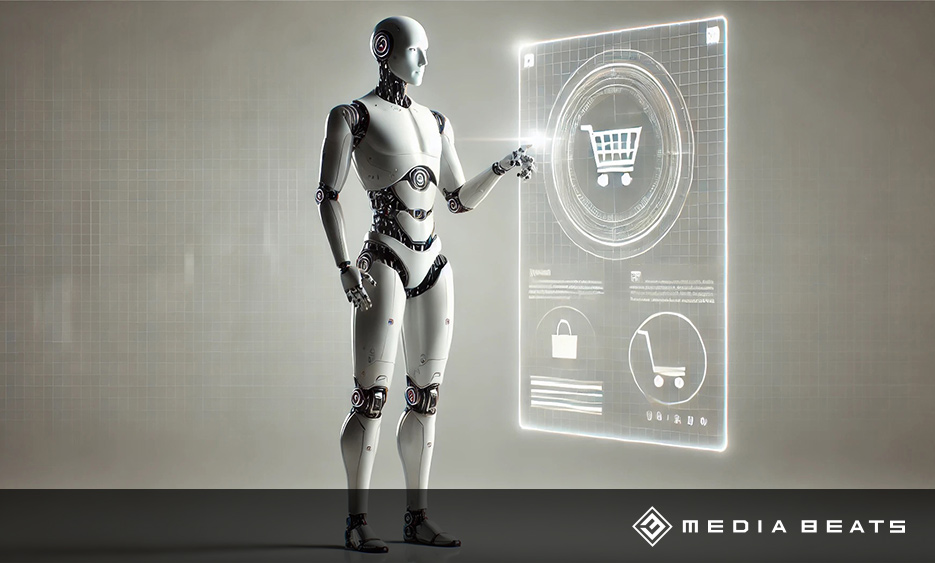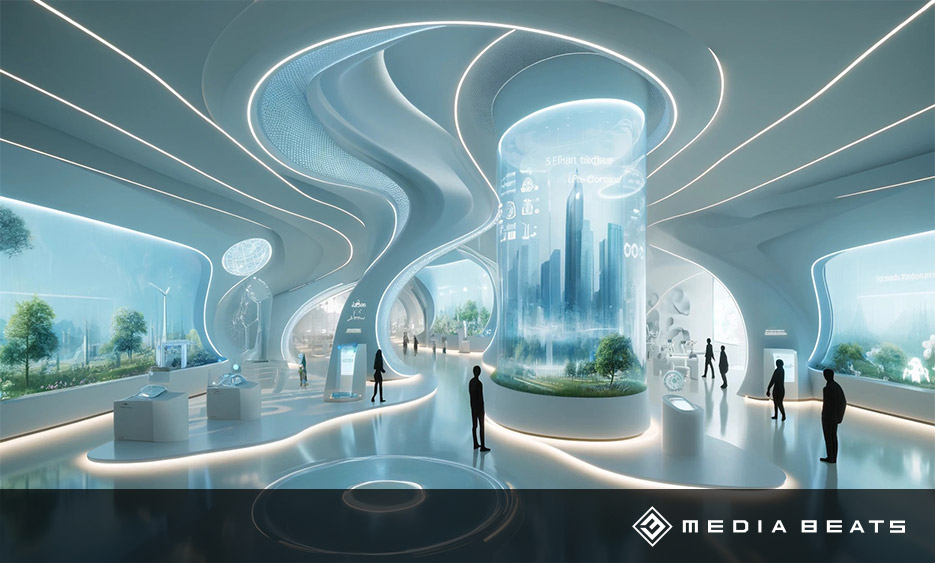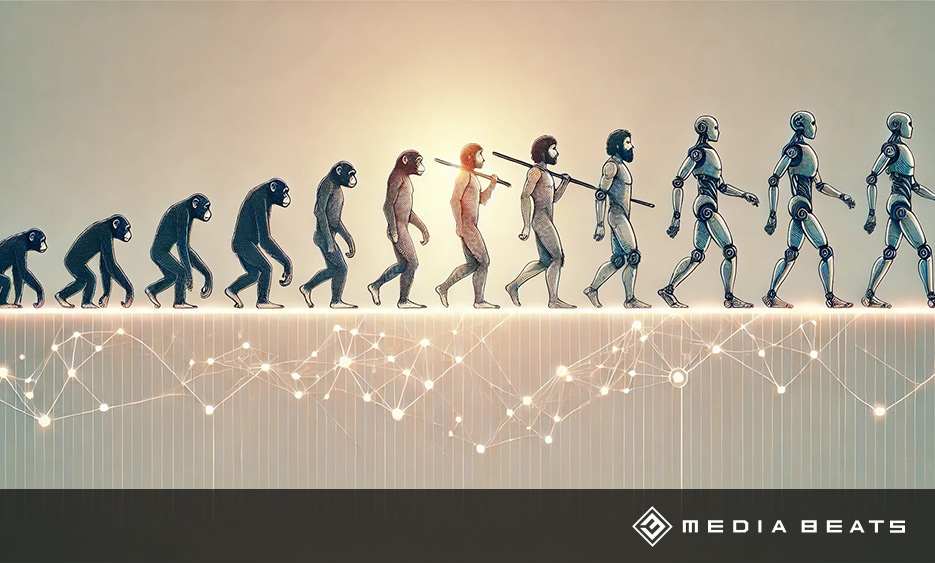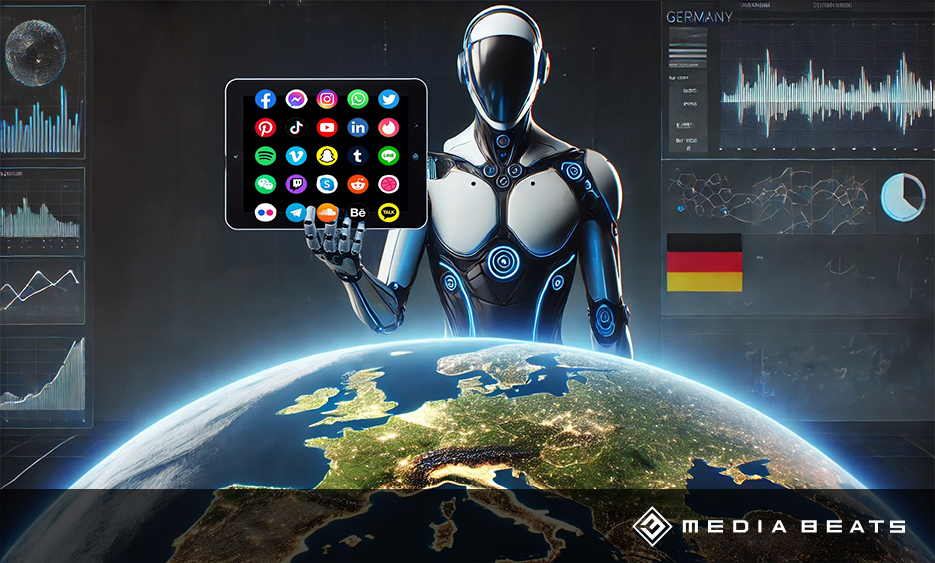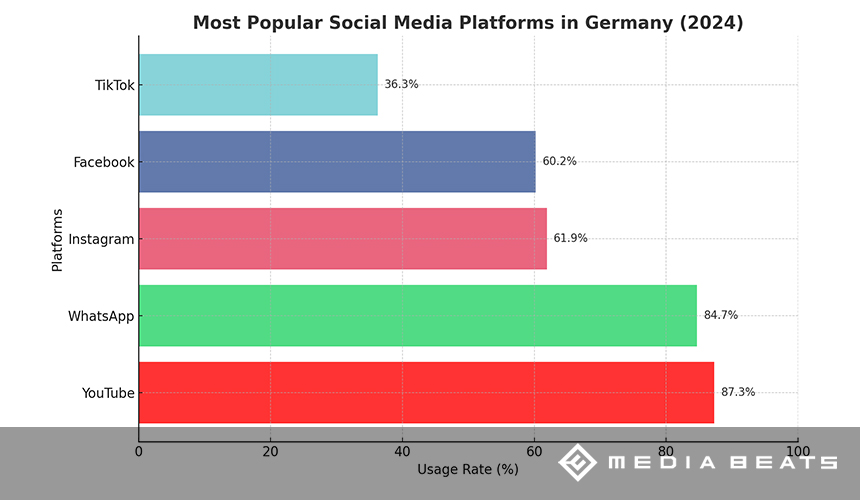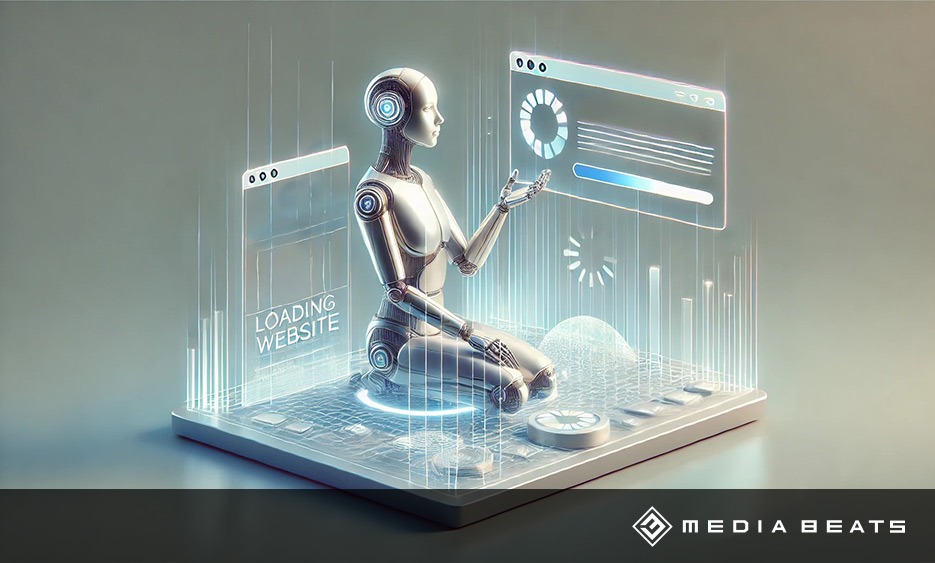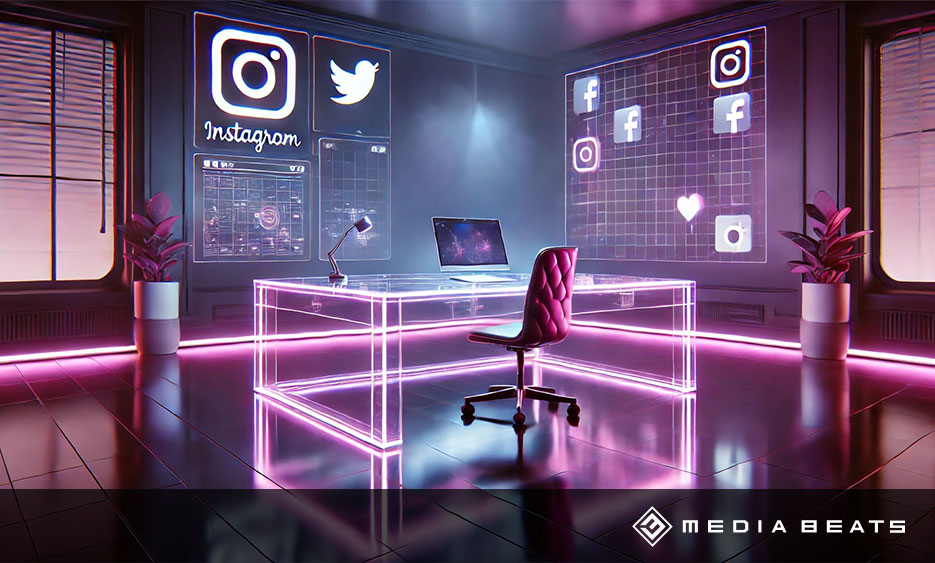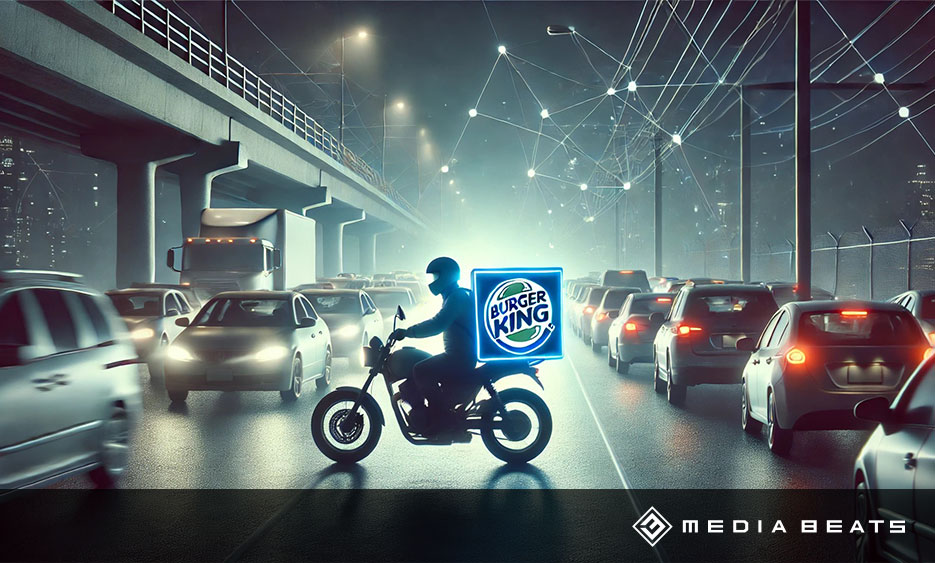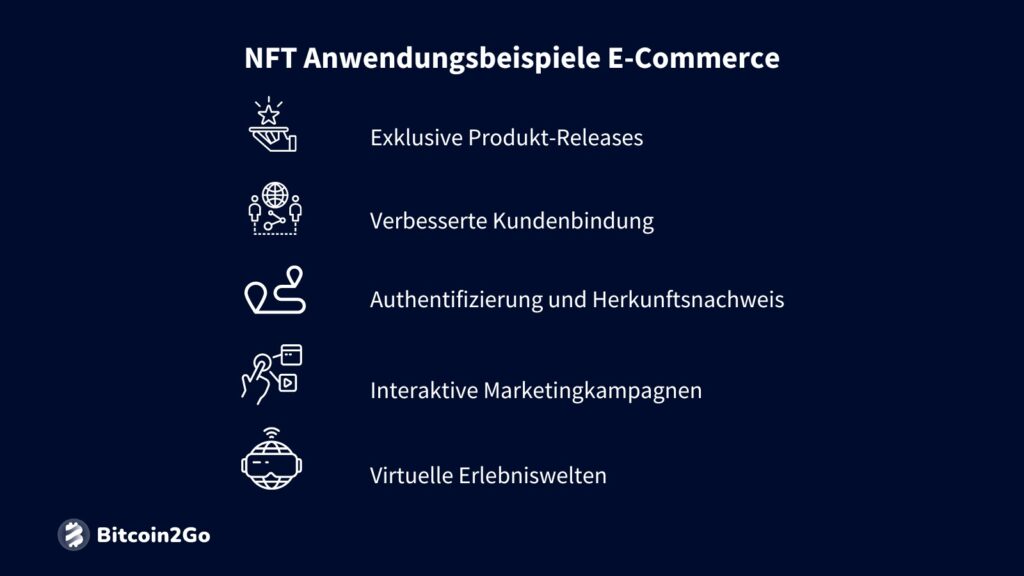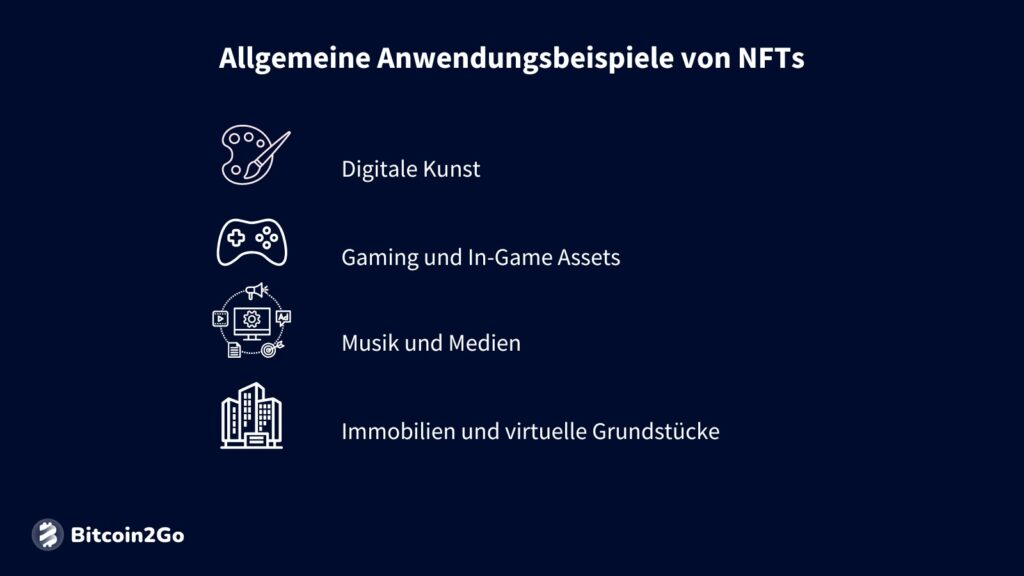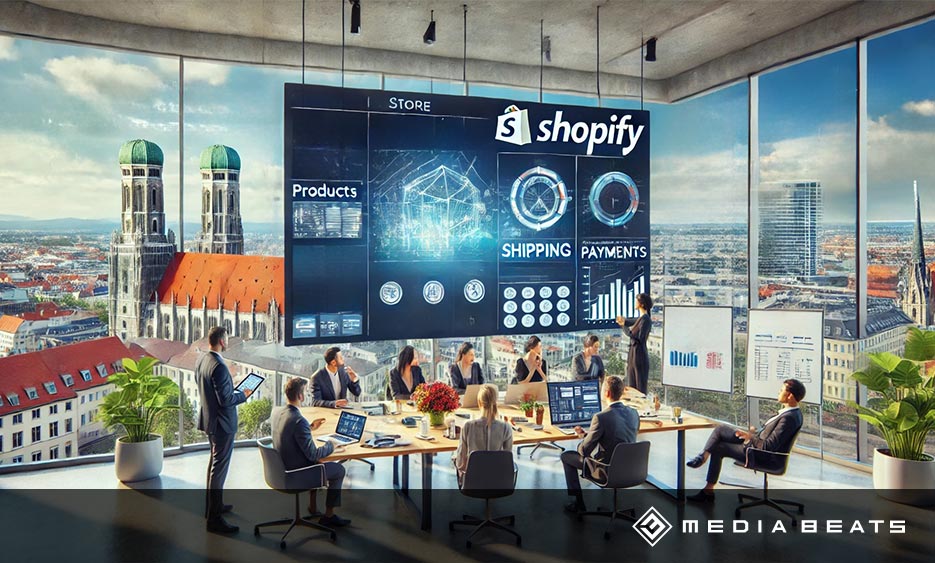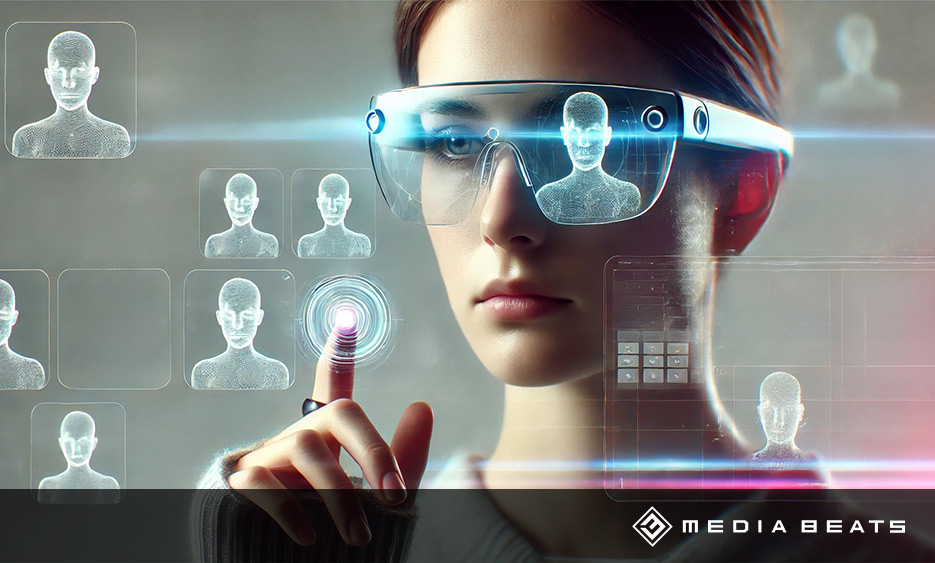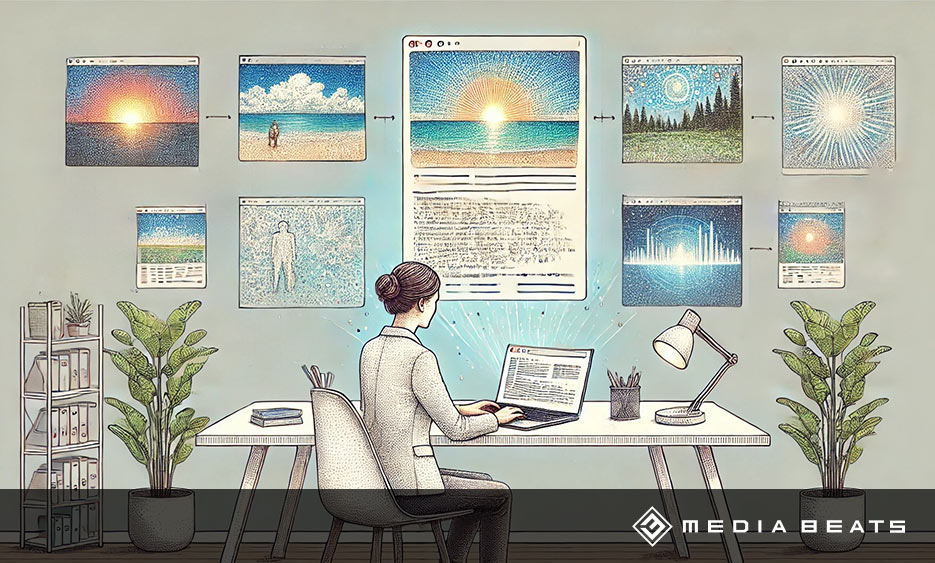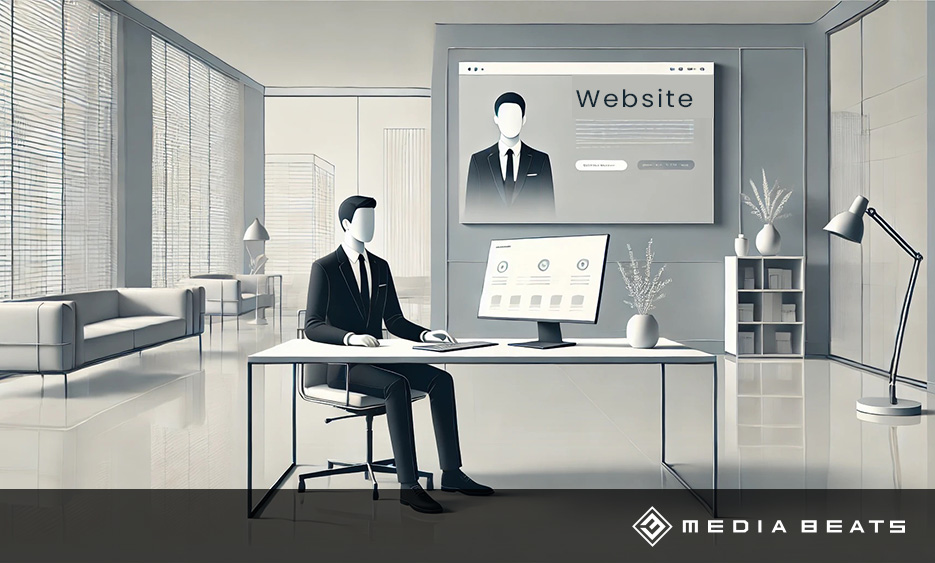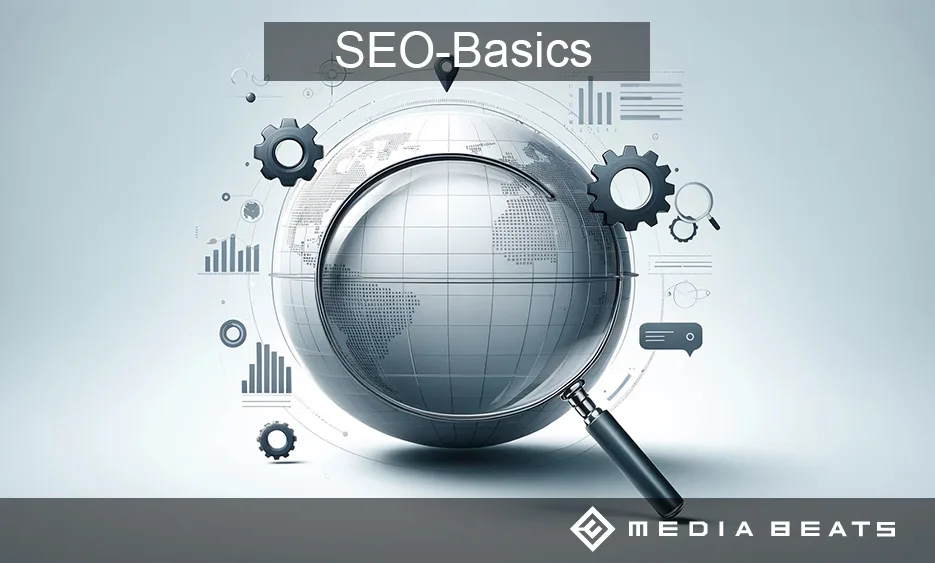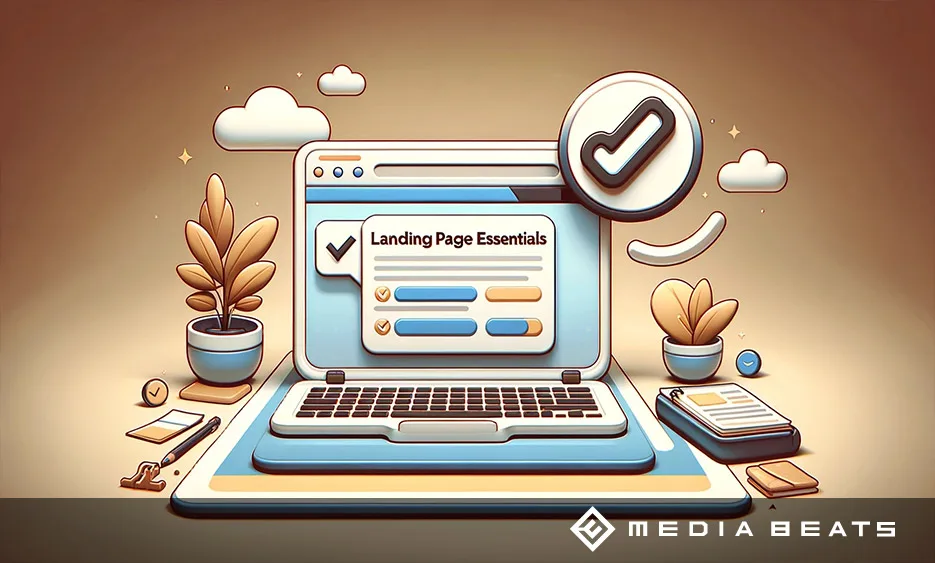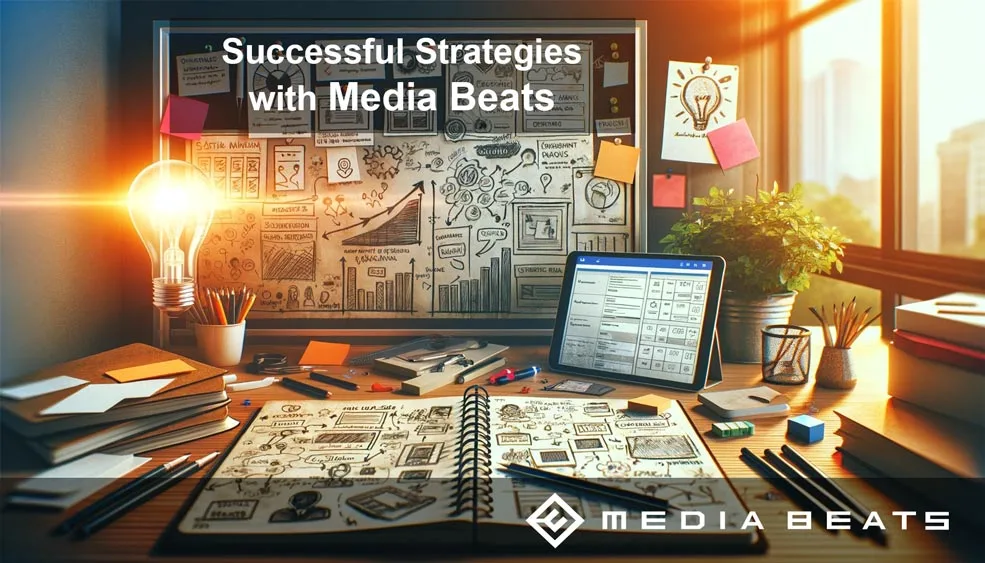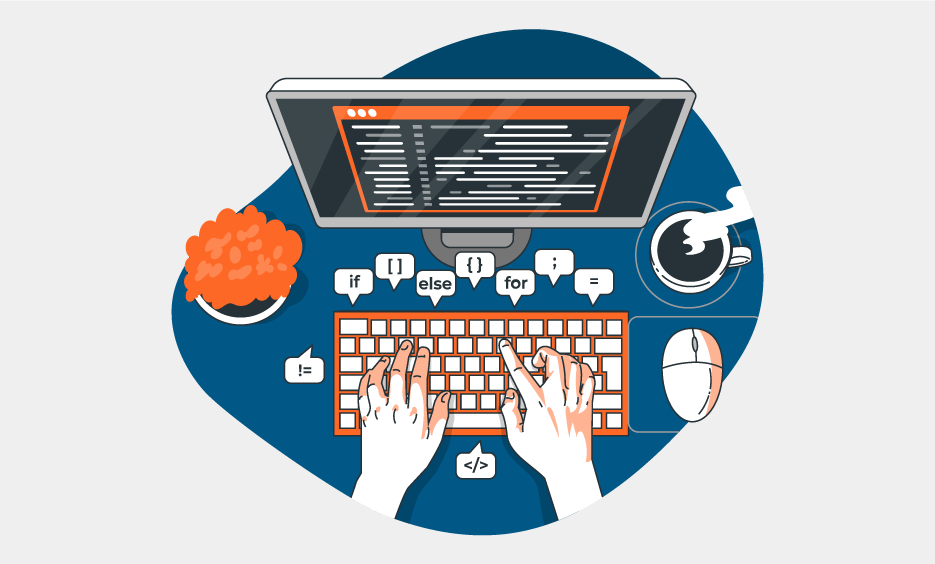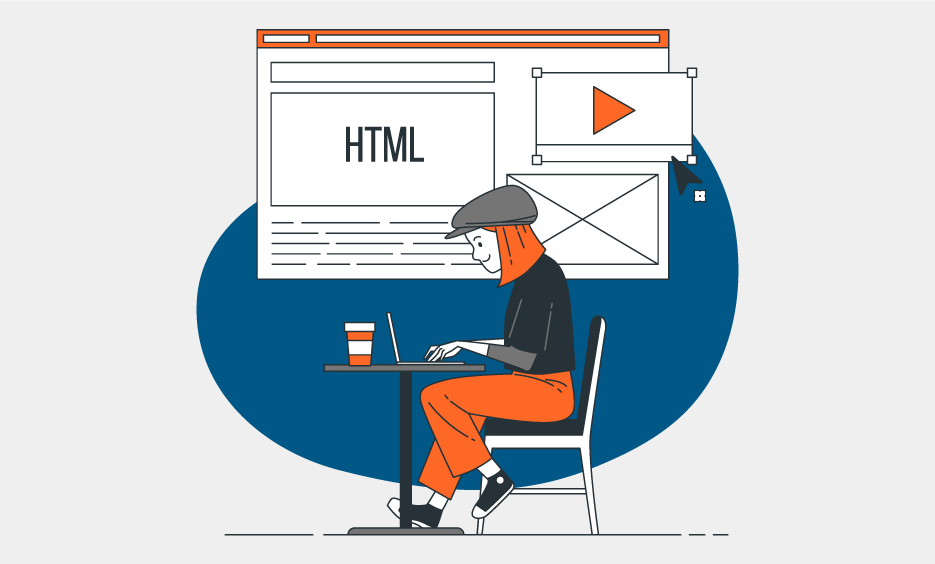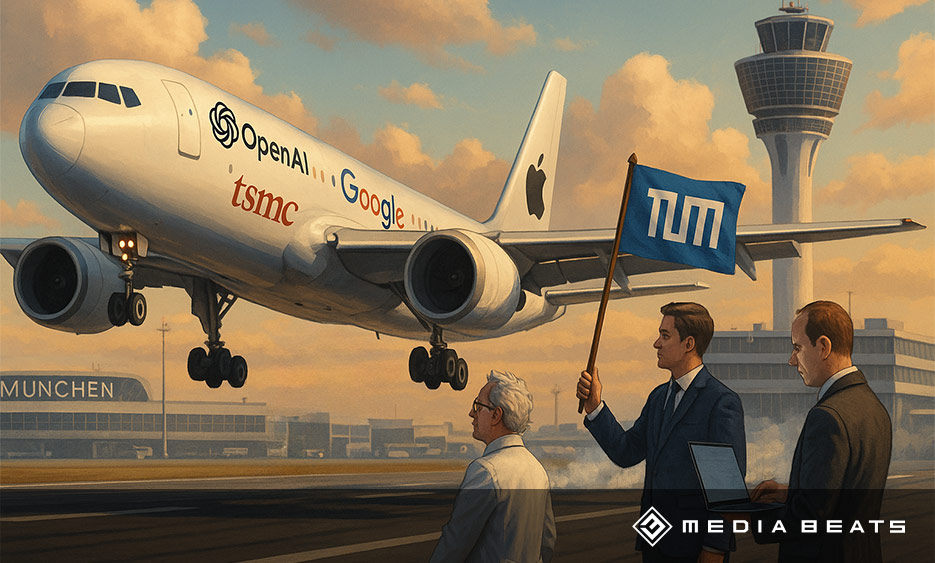
Munich becomes a high-tech hotspot - rise to Europe's innovation capital
Munich is rapidly developing into a hub for high technology, artificial intelligence and semiconductor technology. The recent establishments of OpenAI and TSMC clearly demonstrate this development. They make Munich the prime location for global technology companies. But what makes the city so attractive, and what opportunities arise from this? These opportunities affect economy, science, and companies of all sizes.
Why is Munich becoming increasingly interesting for international tech giants?
The list of global players choosing Munich as a location keeps growing: Google, Apple, Microsoft, and IBM. Now, OpenAI and TSMC are joining as well. Munich combines economic strength with scientific excellence while offering a quality of life that convinces top talent worldwide.
What factors determine the choice of location?
Large corporations decide on the basis of a mix of innovation potential, availability of skilled workers and political support. The connection to central industries also plays an important role. Munich scores well in all areas:
- Excellent universities such as TUM and LMU with practice-oriented research
- High talent density due to over 120,000 students
- Technology promotion through politics, e.g. Hightech-Agenda Bavaria
- Interlocking with key industries such as automotive, aerospace and microelectronics
OpenAI in Munich: What does this mean for Germany as an AI location?
OpenAI, the company behind ChatGPT, opened its first German office in Munich in May 2025. This sends a strong signal for the European AI sector. The focus is on collaborating with industry and research to develop practical AI solutions.
Why was Munich chosen?
- Proximity to TUM and Fraunhofer Institutes
- Existing AI expertise: 134 AI professorships, leading in EuropeProximity to TUM and Fraunhofer Institutes
- Industrial application focus, e.g. automotive industry
- Political support at state and federal level
What impetus does OpenAI provide locally?
OpenAI not only creates jobs in Munich, but also a network of knowledge, technology and partners. Companies and start-ups benefit from direct exchange, pilot projects and technology transfer. This leads to a massive innovation boost for the region.
TSMC in Munich: Semiconductor competence at top European level
TSMC, the world’s largest chip foundry from Taiwan, will open a European design center in Munich in the third quarter of 2025. This strengthens the company’s presence on the continent and targets European industry partners specifically.
What is the aim of the Design Center?
- Development of customized chips for AI, automotive, and IoT
- Technical support and co-development with local customers
- Contribution to European chip independence
- Close cooperation with partners such as Infineon, Bosch and NXP
What role does Bavaria play in the chip strategy?
Munich is a natural magnet for the semiconductor industry with Infineon, Apple’s chip center, and many suppliers. The state government actively promotes the sector. It invests, supports programs, and demonstrates a clear political will to lead in technology.
What are the advantages for local companies and start-ups?
The establishments of OpenAI and TSMC act as a catalyst for the regional innovation landscape. Particularly, medium-sized businesses and technology-oriented startups benefit from this.
How do start-ups benefit in concrete terms?
- Access to cutting-edge technology and global networks
- New cooperation opportunities with technology leaders
- Increased visibility among investors and specialists
- More synergies through cross-industry collaboration
Which sectors are particularly on the upswing?
In addition to IT and semiconductors, there is strong momentum in the areas of:
- Smart Mobility / Automotive
- Industry 4.0
- Medical technology
- Financial technology (FinTech)
- E-Commerce – especially in the context of performance marketing and data-driven sales
Universities as drivers of innovation: What role does science play?
The Technical University of Munich (TUM) and the Ludwig Maximilian University (LMU) are considered key players in the innovation ecosystem.
How does technology transfer come about?
- TUM-Tech GmbH arranges targeted research cooperations for companies
- Industrial partnerships such as CKI (Siemens) and car@TUM (BMW)
- Research clusters such as Munich Quantum Valley or AI4Science
This close networking enables not only basic research, but also rapid implementation in practice - a decisive locational advantage.
What role do politics and infrastructure play?
An active location policy is partly responsible for Munich’s success. The “Hightech Agenda Bavaria” invests billions in AI, semiconductors, quantum computing, and digitalization.
What measures support the location?
- Promotion of research and start-ups
- Expansion of the digital infrastructure
- Reducing bureaucracy and promoting business start-ups
- International location campaigns, e.g. “Invest in Bavaria”
Additionally, the city impresses with high quality of life, international flair, and optimal accessibility.
How do online marketing and digital agencies benefit?
For a full-service agency in online marketing, this boom creates new opportunities in multiple ways:
- Target group expansion through the influx of skilled workers and companies
- Increased demand for performance marketing, e.g., for employer branding, B2B campaigns, or product launches
- Growing importance of data-driven strategies, e.g., in combination with AI
- Stronger international visibility: companies must prepare digital content multilingual, SEO-optimized, and cross-platform
Agencies like Media Beats GmbH help companies translate opportunities into concrete results. They use content strategies, email marketing, web development, and digital campaigns.
Conclusion: Munich is Europe's new tech capital - seize opportunities now
Munich’s development into a European innovation hub is no accident. It is based on targeted policy, excellent research, and entrepreneurial commitment. With OpenAI, TSMC, and many corporations, an ecosystem is emerging that sets global standards.
Those who want to build online visibility, reach target audiences, and help shape technological change are right in Munich. They need strong partners in online marketing.
Get advice from Media Beats GmbH, and we will show you how to leverage the dynamics of the high-tech location Munich for your growth.
Sources:
- https://www.effecten-spiegel.com/news/news-detail/tsmc-errichtet-designzentrum-in-muenchen
- https://www.golem.de/news/eudc-tsmc-errichtet-europaeisches-designcenter-in-muenchen-2505-196679.html
- https://www.golem.de/news/muenchen-openai-bezieht-ersten-standort-in-deutschland-2505-196492.html
- https://www.br.de/nachrichten/wirtschaft/hightech-standort-wird-noch-staerker-openai-kommt-nach-muenchen,Uc6rZem
- https://www.sueddeutsche.de/wirtschaft/tsmc-entwicklungszentrum-muenchen-li.3260118
- https://www.sueddeutsche.de/advertorial/rt/IT-Standort-Bayern-2/Das-Silicon-Valley-zieht-an-die-Isar/
- https://www.stmwi.bayern.de/presse/pressemeldungen/219-2025/





